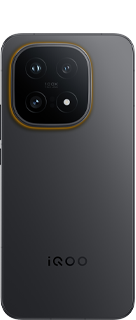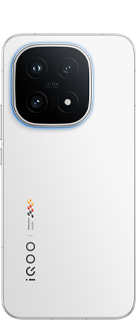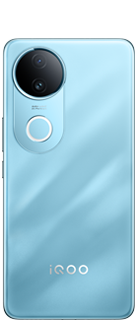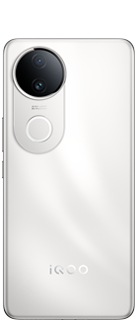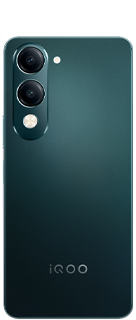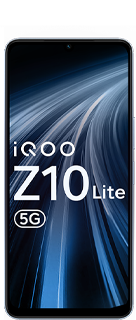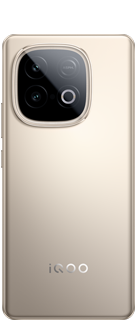Tech Diaries - Episode 1: Understanding IP68 & IP69 Ratings and Tested in Device
Hello iQOO Fam! 🎉

Welcome to the first episode of Tech Diaries, where we dive into the technical marvels behind the features of your devices!
Today, we're exploring the science and testing process behind two popular Ingress Protection (IP) ratings: IP68 and IP69. You may have seen these ratings on many flagship devices and also in iQOO 13 and in this episode, we'll break down what these ratings mean, how they're tested, and the protection they offer.
What is IP Rating?
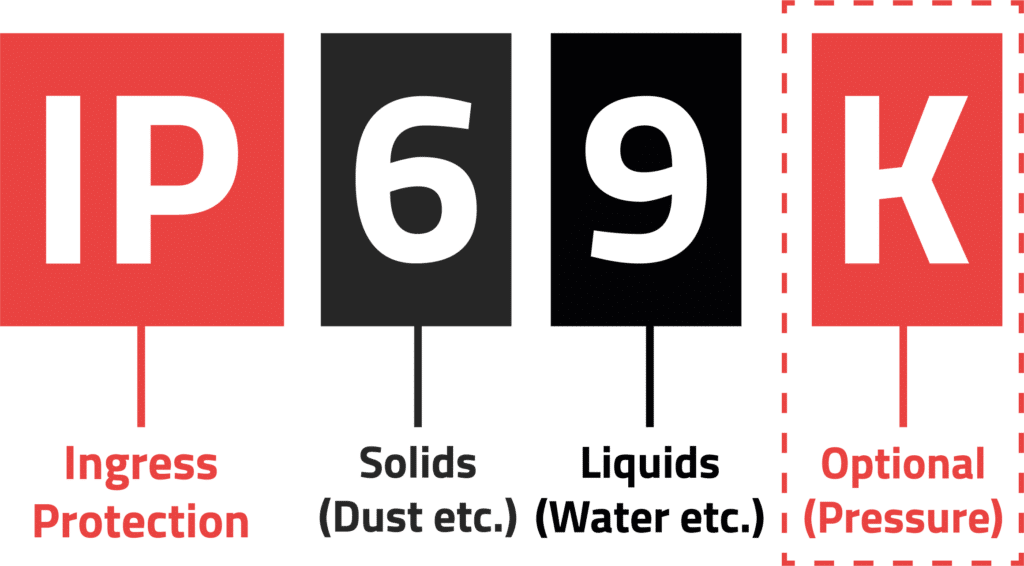
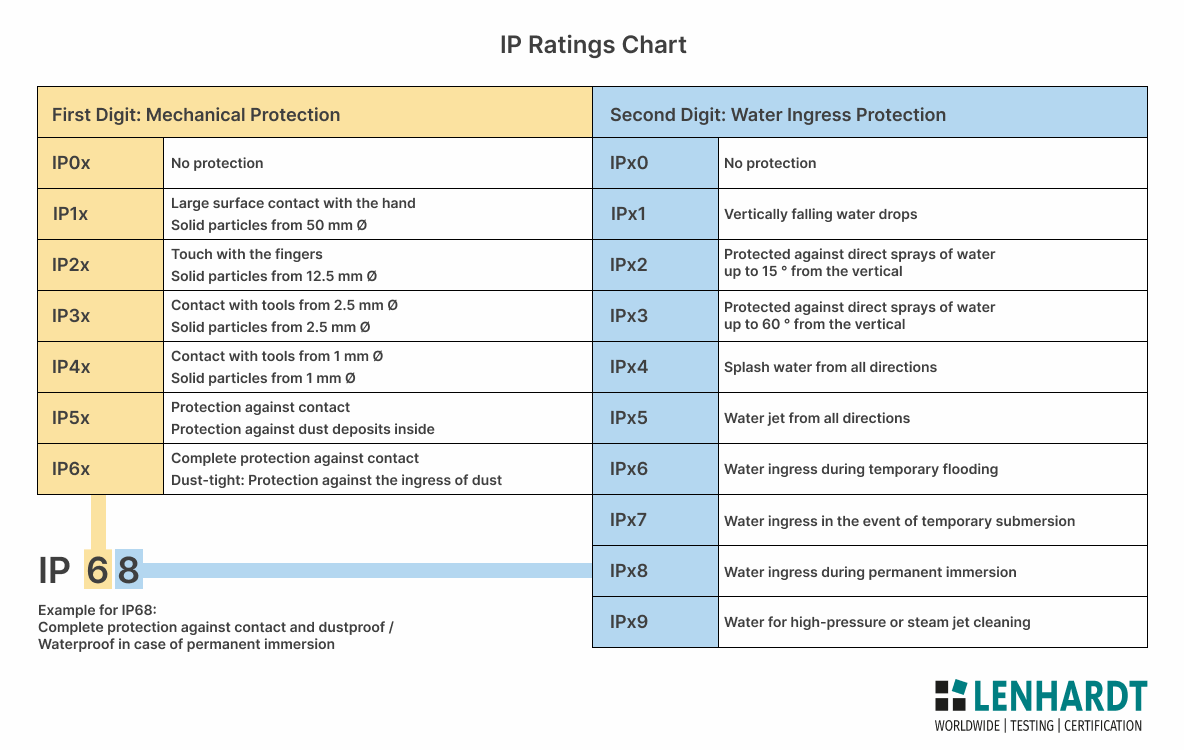
IP stands for Ingress Protection. It's a standardized rating set by the International Electrotechnical Commission (IEC) to define how well a device is protected from dust and water.
An IP rating typically has two digits: the first represents the device's resistance to solids (like dust), and the second represents its resistance to liquids (like water).
For example:
- IP6X – The device is fully protected from dust.
- IPX8 – The device can withstand submersion in water beyond 1 meter.
So, IP68 and IP69 ratings offer high levels of both dust and water protection, but there are key differences in their water resistance.
🧪 Testing Process for IP68 & IP69
Testing for IP ratings is rigorous and involves standardized methods to ensure devices meet these protective claims. Here's a closer look:
IP68 Testing
- Dust Chamber Test: The device is placed in a dust chamber for 8 hours, where fine dust particles attempt to enter the device. To achieve an IP6X rating, the device must be fully dustproof with no dust ingress.
- Water Immersion Test: Devices are submerged in water, typically up to 1.5 meters for 30 minutes. The water temperature must be close to room temperature, and devices must be completely functional with no leakage or water damage after the test.
IP69 Testing
- Dust Resistance Test: The same dustproof test as IP68 applies here, ensuring the device can withstand high amounts of dust particles.
- Water Jet & Temperature Test: Here's where IP69 shines. The device is sprayed with high-pressure (80-100 bar) and high-temperature (up to 80°C) water jets from different angles and distances, typically 10-15 cm away.
⚙️ How are These Ratings Implemented in Devices?
Achieving IP68 and IP69 protection is no small feat—it requires meticulous engineering:
- Sealing: Devices are designed with water-resistant seals around sensitive areas like charging ports, buttons, and speakers.
- Gasket Protection: Silicon gaskets and O-rings are added to prevent water and dust from entering the device.
- Special Coatings: Water-repellent coatings on internal components add an extra layer of protection.
- Pressure Equalization: Some devices use membranes to equalize internal pressure without letting water or dust in, especially important for high-pressure scenarios in IP69.
🚀 Wrapping Up
The IP68 and IP69 ratings ensure that your device is equipped to handle real-world accidents, whether it's dust, rain, or the occasional drop in water. Through advanced engineering and rigorous testing, manufacturers aim to keep your device safe so you can focus on exploring its full potential. 🌊💪
Stay tuned for more tech insights in the next Tech Diaries episode! Got questions about IP ratings or suggestions for future episodes? Drop them below! 👇
Thanks
Signing Off @RockyFTW
Moderator @iQOO Connect .
Please sign in
Login and share
